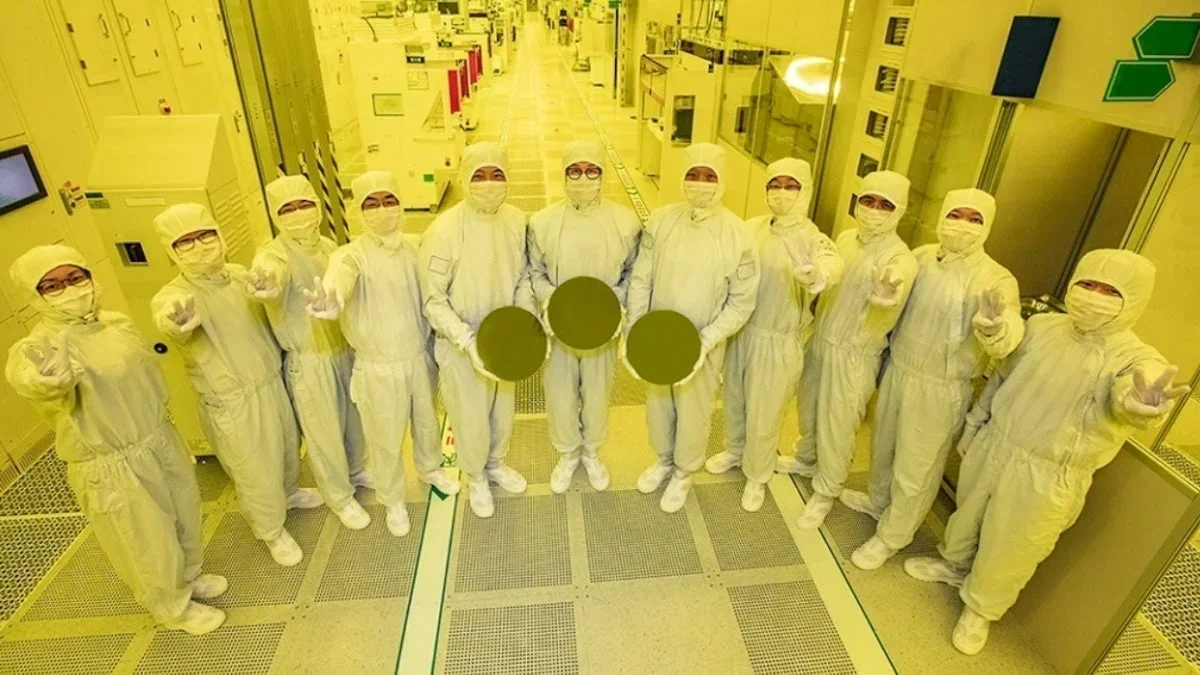
This is why your experience with the Galaxy S26 Ultra could be so much different than mine
How did your country report this? Share your view in the comments.
Diverging Reports Breakdown
This is why your experience with the Galaxy S26 Ultra could be so much different than mine
Qualcomm’s new flagship application processor (AP), the Snapdragon 8 Elite Gen 2, is expected to power the top-of-the-line Galaxy S26 Ultra when the phone is released in late January or early February next year. Some APs will be made by TSMC and some by Samsung Foundry. The difference would be in the foundry that manufactured the two chipsets and the process node employed by each. Qualcomm could copy Apple with its flagship AP next year and offer two versions of the Snapdragon 3 to compete with Apple’s iPhone 6 and 6S. The non-premium version of the AP would be made using its 2nm process and would have lower CPU and GPU clock speeds. The Snapdragon 8 Gen 3 could be used in more premium versions of Samsung’s Galaxy S27 series in 2027 and could have the codename ‘Kaanapali’ and ‘Kapali Gen 3Pro’ It’s a strange situation to think that the Galaxy S 26 Ultra could run faster than the one in yours, even though the AP that both are using is the same.
Your Galaxy S26 Ultra could run faster than mine if Qualcomm dual-sources the Snapdragon 8 Elite Gen 2
Galaxy S26 Ultra in my hand could run faster than the one in yours, and deliver better battery life even though the AP that both are using is the same. Without trying to sound repetitive, the difference would be in the foundry that manufactured the two chipsets and the process node employed by each. In plain English, It’s a strange situation to think that thein my hand could run faster than the one in yours, and deliver better battery life even though the AP that both are using is the same. Without trying to sound repetitive, the difference would be in the foundry that manufactured the two chipsets and the process node employed by each. In plain English, Qualcomm is rumored to be using “dual-sourcing” for the Snapdragon 8 Elite Gen 2 , which means that some APs will be made by TSMC and some by Samsung Foundry.
Would you care which foundry made the AP in your S26 Ultra? Yes. TSMC builds the best processors. Yes, I want a 2nm chipset made by Samsung in my S26 Ultra. No, I don’t care who builds the chip in my S26 Ultra. Yes. TSMC builds the best processors. 63.37% Yes, I want a 2nm chipset made by Samsung in my S26 Ultra. 19.8% No, I don’t care who builds the chip in my S26 Ultra. 16.83%
Samsung Foundry, on the other hand, will use its 2nm Gate-All-Around (GAA) process node, which in theory would be technologically superior to TSMC’s 3nm version of the chipset. That’s because as the process node number drops, so does the size of the transistors employed. Smaller transistors mean an increase in transistor density, which typically measures the number of transistors in a die per square millimeter. This means that a chip carries more transistors in a given area.
Receive the latest Samsung news Subscribe By subscribing you agree to our terms and conditions and privacy policy
The transistor density figure is important because as that number rises, it usually means that a foundry can pack more transistors into a given space, which means that smaller transistors are being used. Smaller transistors use less power, switch states more quickly, and reduce the manufacturing cost per function.
Samsung Foundry also has another advantage as its 2nm process node includes the use of GAA transistor architecture which results in the gate surrounding the channel on all four sides. This reduces current leaks and improves the drive current, which results in better-performing APs that use less power.
The pricing of the Snapdragon 8 Elite Gen 2 is rumored not to be much higher than the price of the Snapdragon 8 Elite. Part of that is due to Qualcomm’s use of its 3nm process (albeit its third-generation version), and Samsung Foundry’s involvement. This could be a big deal for the latter, which has a market share in the industry of only 7.7% compared to TSMC’s 67.6% (both figures are Q1 2025 numbers). Also, it would be a positive sign that Samsung Foundry has been able to improve its awful yield figures and was able to hit its goal of 50%.
Qualcomm could copy Apple with its flagship AP next year
Whatever happens with the Snapdragon 8 Elite Gen 2, there is speculation that Qualcomm will copy Apple next year and offer two different versions of the Snapdragon 8 Elite Gen 3. With a much higher price expected to be charged by TSMC for its 2nm wafers, a pricier, more cutting-edge version of the Snapdragon 8 Elite Gen 3 made by TSMC could be used in more premium versions of Samsung’s flagship Galaxy S27 series in 2027. The non-premium version of the AP would be made by Samsung Foundry using its 2nm process and would have lower CPU and GPU clock speeds and reduced cache.
Samsung Foundry’s Snapdragon 8 Elite Gen 2 is rumored to have a model number of SM8850s and have the codename ‘Kaanapali S’. The Snapdragon 8 Elite Gen 3 “Pro” could have a model number of SM8950, with the “non-Pro” model carrying a number of SM8945.
Will Qualcomm dual-source the Snapdragon 8 Elite Gen 2? As soon as we have an update, we will let you know.
Source: https://www.phonearena.com/news/galaxy-s26-ultra-might-use-dual-sourced-chips_id172641
